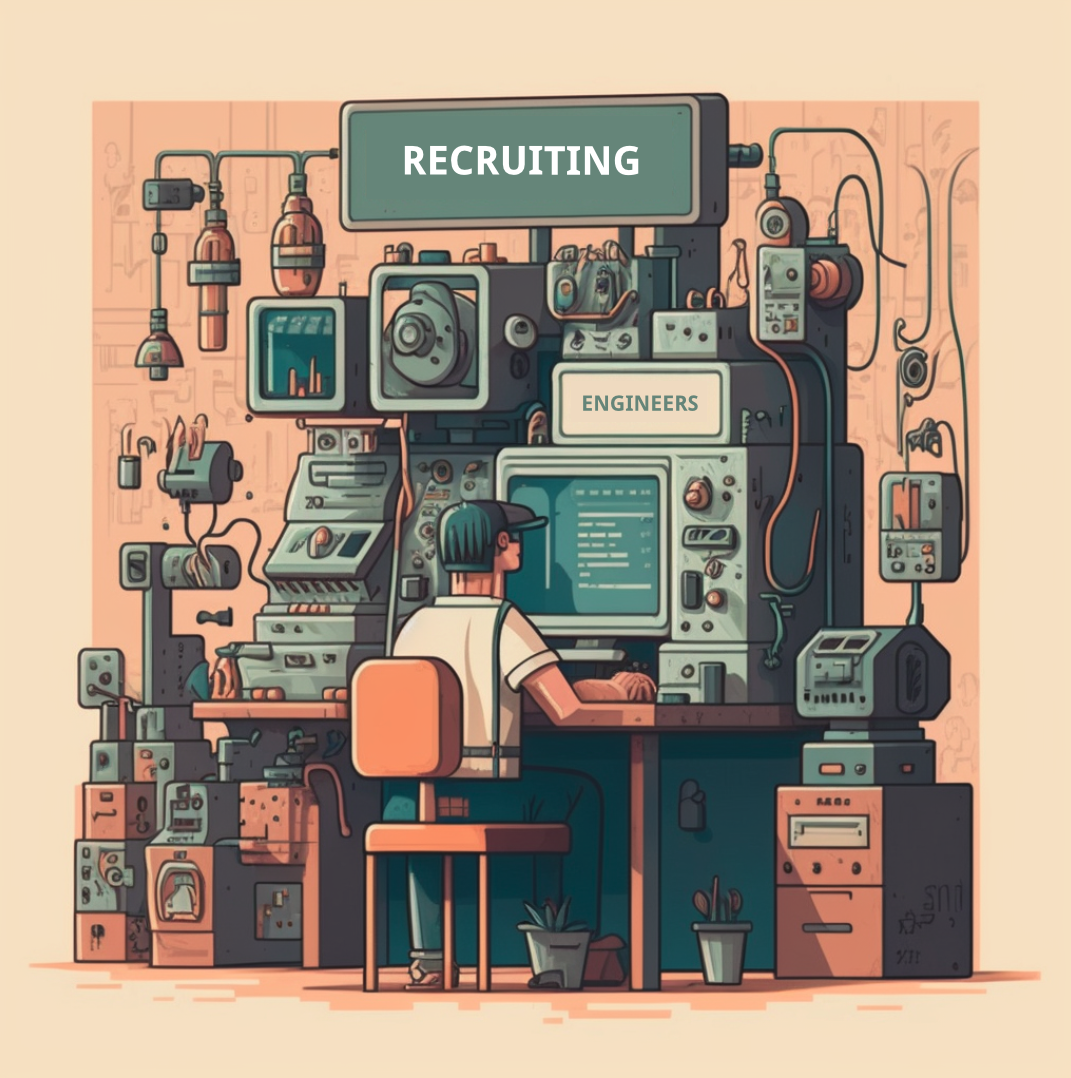The executive had a big question for his head of HR: With so many Big Tech layoffs, why the hell can’t we hire any tech workers?
Last week, there were more layoffs. Facebook’s parent company announced its latest reduction in force of a stunning 21,000 workers, some of whom were in technical roles, in what has been a months-long Big Tech reckoning. A Googler told me last week there remains a genuine sense of survivor’s guilt inside what was once this generation’s most indestructible monopoly.
Layoffs at Big Tech companies have garnered considerable attention because they are unusual. During the Great Recession (2008-09), the now-dominant web, software and platform companies were rapidly growing, and the short-lived pandemic recession fueled Big Tech over-hiring — with all our streaming, clicking and online shopping. That means the year of tech slowdown and recessionary guesswork marks the first time since the dot-com bubble that we’ve seen any widespread tech layoffs. Invincible they are no more.
Hence why engineering managers, recruiters and HR leads at still-hiring companies face a daunting directive: If we have openings, just go hire someone laid off from Big Tech. So why hasn’t faltering Big Tech flooded your applications with high-pedigree tech talent?
For one, despite more than 300,000 tech layoffs over the last 12 months, as tracked by Layoffs.fyi, tech employment is still above its pre-pandemic trendline, per Bureau of Labor Statistics data. If you thought tech hiring was hard in 2019 and downright insane in early 2022, then today tech hiring sits somewhere between hard and insane.

For two, Big Tech cuts receive special attention when they include technical roles, like software developers, exactly because that’s unusual. Most Big Tech layoffs were not of pure tech roles (engineering, data science and product development). Almost 30 of Google’s 1,800 layoffs in January were of massage therapists. In this sense, it is critical to make the distinction between jobs in tech (or the “information” sector, as most BLS data refer to it as) and “tech jobs”, the occupations employed across most industries. Nearly 3 in 5 people with tech jobs don’t actually work in the tech industry, per CompTIA.
Third, early data show that those who were laid off from prestigious marquee tech firms spent very little time on the job market. An analysis found three-quarters got jobs within 90 days, and half boosted their earnings — a majority are estimated to have never even filed for unemployment. Tech workers in tech jobs at prestigious firms (i.e. a former Google engineer) were simply never available for most employers to hire. That’s slightly different from those in sales and marketing.
In an interview earlier this year, David Fisch, CEO of The Ladders, the high-end jobs platform with a specialty in executive search, told me hiring was still “very ripe” at the $100,000 to $500,000 salary range. He also pointed out that there is some geographic variation in hiring trends — Technical.ly’s geographic footprint between the DC, Baltimore, Philadelphia, and Pittsburgh metros saw fading tech hiring as early as August 2022. Healthcare and travel sectors were still hiring in big numbers.
“Hiring is still very much active and alive,” Fisch said, “and a lot of the news that you obviously are seeing around big tech companies laying off, I think that’s given a lot of people the jitters.”
But this remains unclear. After a nosedive at the end of 2022, tech job openings were trending up in January and February — the most recent industry-specific data available from the BLS. That mirrors the herky-jerky economic moment we’re experiencing.
We at Technical.ly get asked then: How do we take advantage of tech talent flooding the market?
Those laid off can be courted. If you’re not hiring remotely, search for those who went to college in your home market but were laid off elsewhere. Be open to industry transitions and career changers. Across all these examples, a strong employer brand with storytelling that identifies the high-performers at your company will prove valuable.
Here’s one last piece of advice: Be not timid.
A disconnect exists between how companies want to be perceived and what their actions suggest. Many a hotshot founder, chest-thumping CEO and big-talking regional executive will talk about their company being a market leader. With big tech in retreat, now is the time to demonstrate that leadership. If I was asked why I couldn’t deliver more tech talent right now, my answer would be clear: We haven’t invested in the relationships to stand out, and we pull back when there’s an opening for us to stand out. When the economy swings back, it’ll be too late.
Like the old Buffet line: Be fearful when others are greedy; be greedy when others are fearful. Now’s your time.







